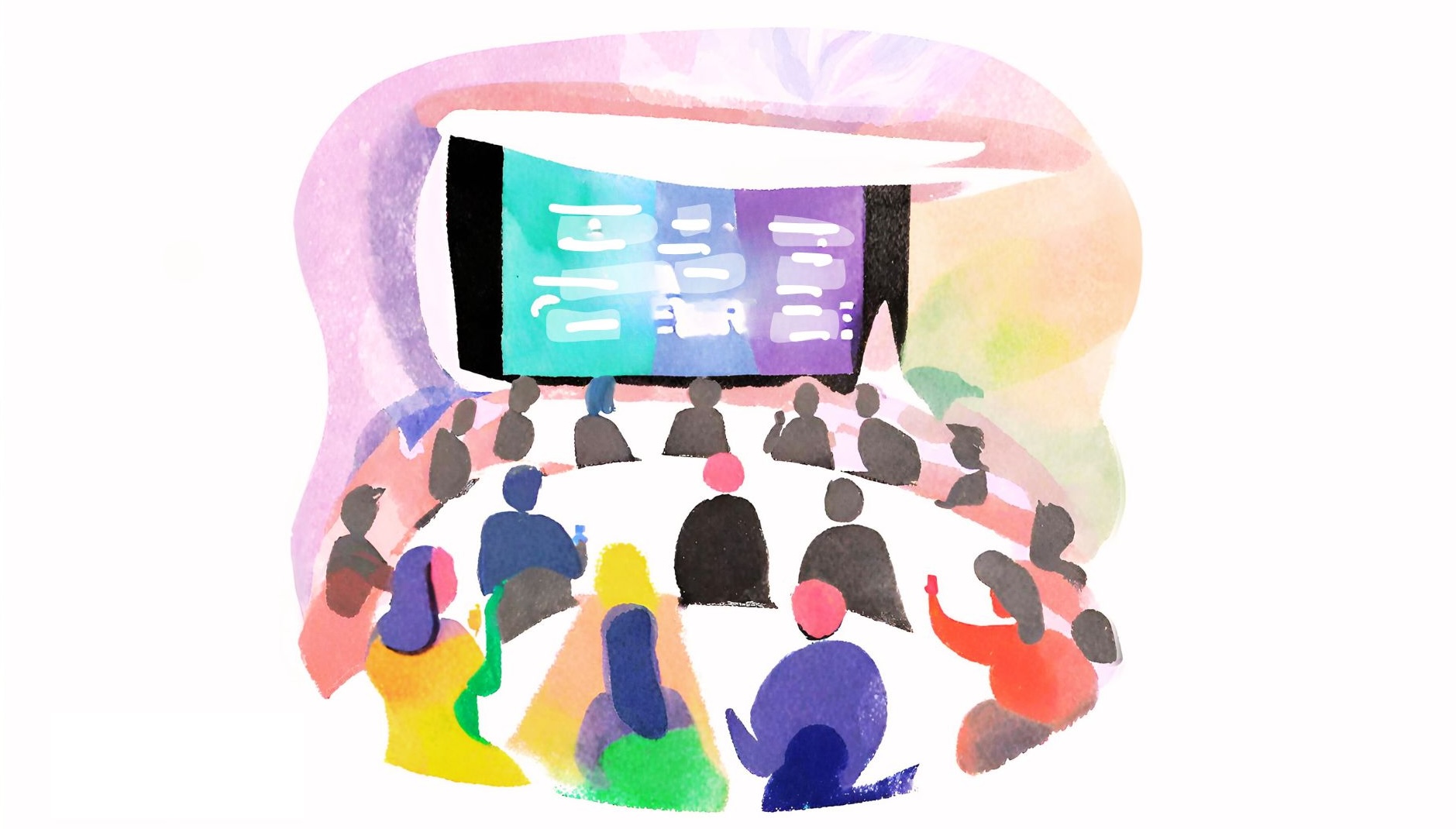Asian & Pacific Islander American Heritage Month

[Header image credit: Canva]
By Erasto Renteria & Lillian Zhao
As we wrap up Asian and Pacific Islander American (APIA) Heritage Month, Discover_TMA contributors Erasto Renteria and Lillian Zhao reflect on both strides made and problems faced by members of the APIA community in a variety of industries — from music to fashion — in recent months.
West Meets East Over Hip-Hop Music
88rising, an American mass media company, partnered with Red Bull for a documentary spotlighting Asian hip-hop artists. Rich Brian, Keith Ape, and the Higher Brothers are among those featured in the documentary titled Asia Rising: The Next Generation of Hip-Hop. We recommend you lend an ear because regardless if you’re a fan of hip-hop or not, you can appreciate the compelling stories of these Asian artists placing their creative stamp on the culture of hip-hop/rap music. It’s impressive to hear the rapid and clever bilingual lyrics that most Americans may not even understand, but you can definitely feel it; the pure emotion and realness of their music. That’s the beauty of it. It truly shows that culture is never defined; it actively adapts and continues to transcend.

BTS and Halsey Blow YouTube Record Out of the Water
Within the realm of revolutionary music, this past April, BTS, an internationally famous South Korean boy band, shattered the YouTube record for the most viewed music video debut with 74.6 million views in 24 hours with “Boy With Luv,” featuring Halsey. The band’s music career started in 2013 and they became increasingly famous internationally starting around 2015. In 2017, BTS’s presence in the American music scene skyrocketed after winning Billboard’s Top Social Artist, the only Billboard Award that is fan-voted. This is a testament to their phenomenal fanbase, dubbed the “BTS Army,” which consists of people across the globe. BTS’s success and presence in mainstream American music specifically, is a huge win for their Asian American fans and other Asian artists hoping to make it in American media. This won’t be the last you hear from BTS and fellow K-pop groups.

Watch, Listen and Enjoy the Contributions of APIA Talent in Entertainment
In celebration of APIA Heritage Month, Comcast collected and curated over 2,500 hours of content representing the breadth of Asian American influence in entertainment. Now that GOT is over, your Sunday slot is open. It’s your chance binge on a collection of Asian American shows, movies, music, and podcasts and if you really want to immerse yourself, tune into Korean, Indian, or Japanese networks for a lesson on foreign media. The collection is surely impressive and to see the APIA influence on American entertainment is a statement within itself. Equal representation of diverse talent still lacks in entertainment, but more and more, you’re finding content that shows the spectrum of APIA identities. It’s important for us to remember that the media influences not only how others view diverse identities, but even how those identities view themselves.

“So Asians can’t play football, huh? I’d say we’re pretty darn good.”
From an NFL champion to an NFL newcomer, Hines Ward sent Taylor Rapp an encouraging message right before the 2019 NFL Draft this April. Being one of the few APIA faces in football, Ward expressed that he was the target of a lot of racial bigotry. Similarly, Rapp admitted to the NFL that while growing up, he didn’t embrace his Asian heritage because of racial taunts on the field. Stories like these show how important having more minority representation is (in any industry). Within the NFL, less than 2 percent of players are Asian. The presence of players like Ward and Rapp combats stereotypes and encourages up-and-coming Asian athletes to chase their dreams and not be discouraged because of their race. It’s important to talk about the struggles (in addition to wins) that minorities face to dispel the myth that problems no longer exist.

Culture is not a costume. Religion is not a costume.
Gucci faced massive backlash after debuting its turban at $790. In addition to the hefty price, the turban was modeled on the runway by white models. The turban is an article of faith in Sikhism, and this incident demonstrates that brands still have a long way to go in terms of cultural and religious appropriation versus appreciation. When examples like this make it into the world, there is a clear need for diverse perspectives and inclusive conversations in the hierarchy of decision-makers. It’s important for us all to appreciate different cultures and respect the religion of others, but first seek to understand in order to appreciate.

This month, we recognized APIA’s role in shaping our country as well as the contributions they have made and continue to give in all industries. As we celebrate, let’s also acknowledge that there are still strides to be made. It’s important for every individual, especially allies of the APIA community, to consciously support and fight for more representation and equality within every space.
=======
Discover_TMA is an employee-led initiative focused on increasing opportunities for education, content sharing, and conversation about diversity and inclusion in the workplace.
Erasto Renteria is a Conceptor and Discover_TMA contributor at TMA

Lillian Zhao is a Junior Art Director and Discover_TMA contributor at TMA



